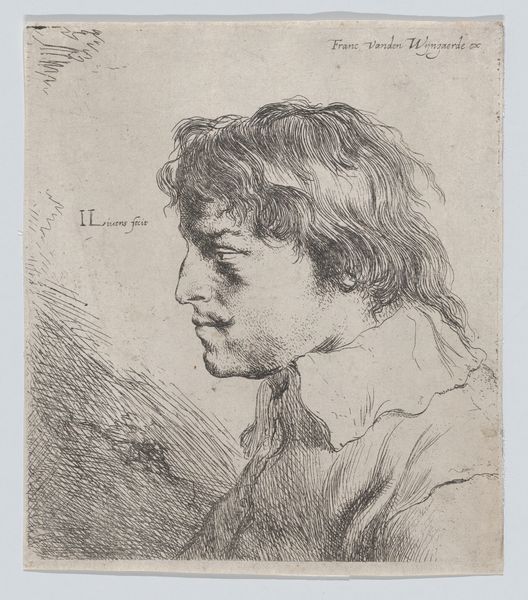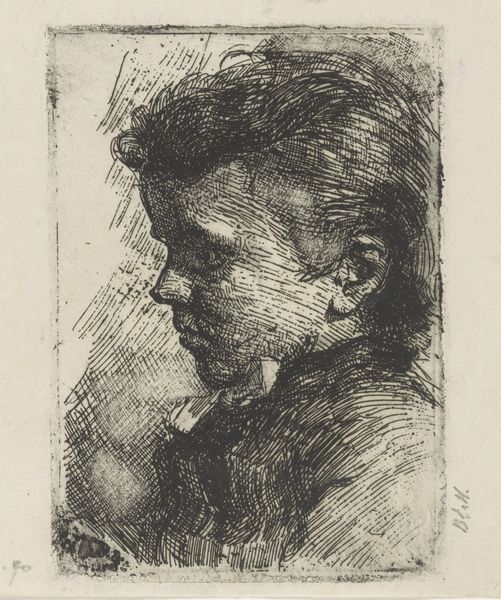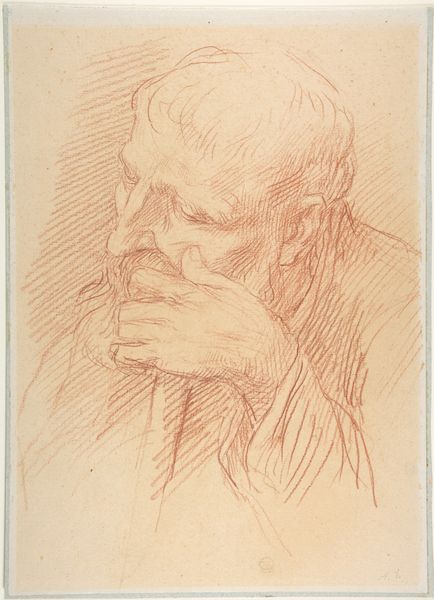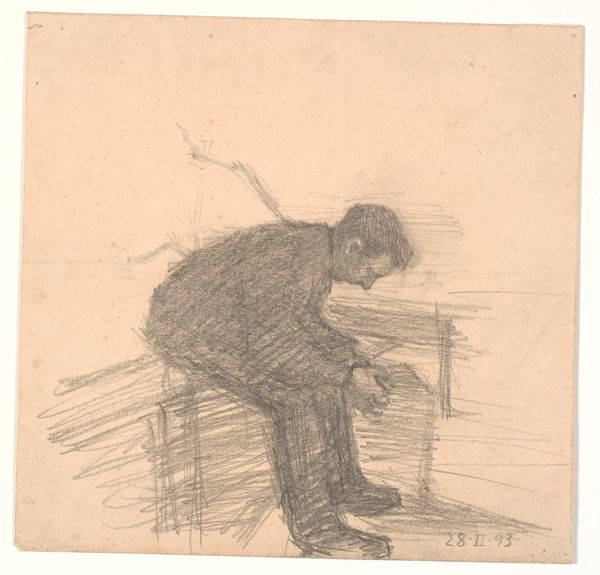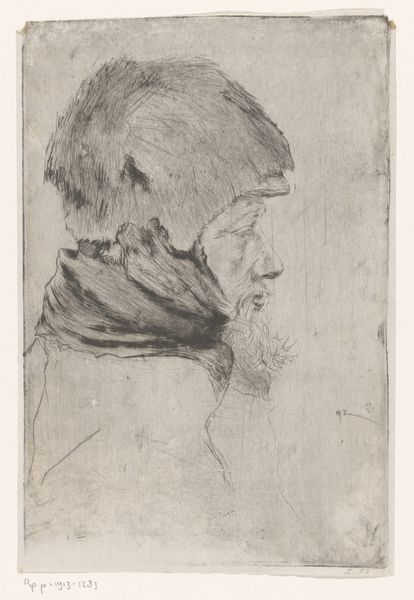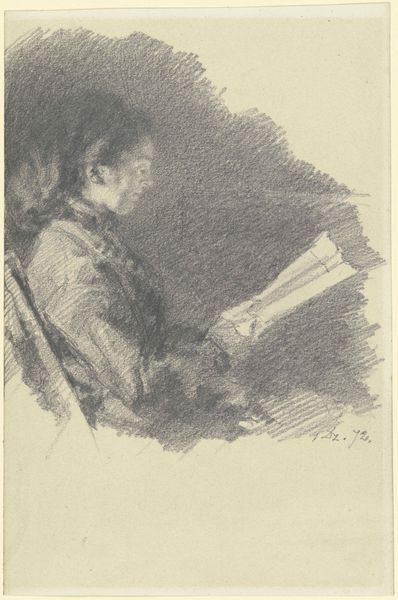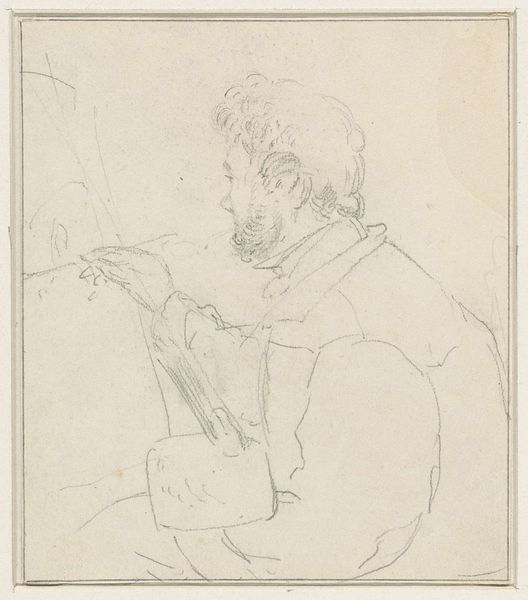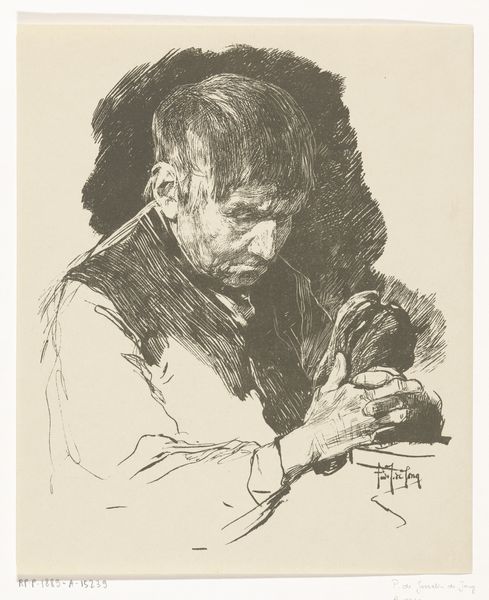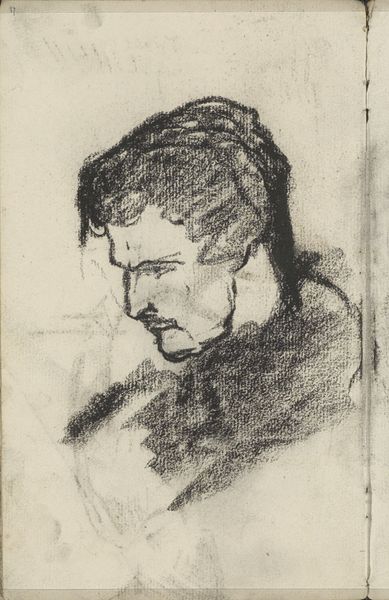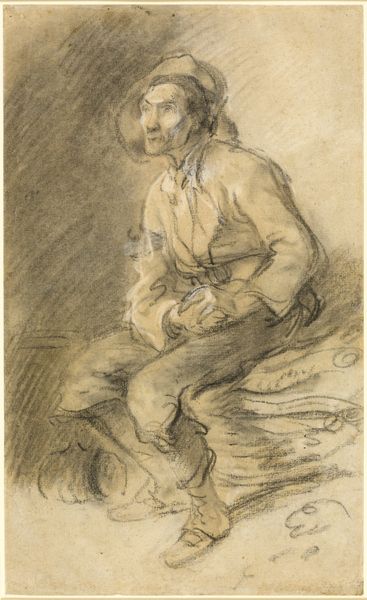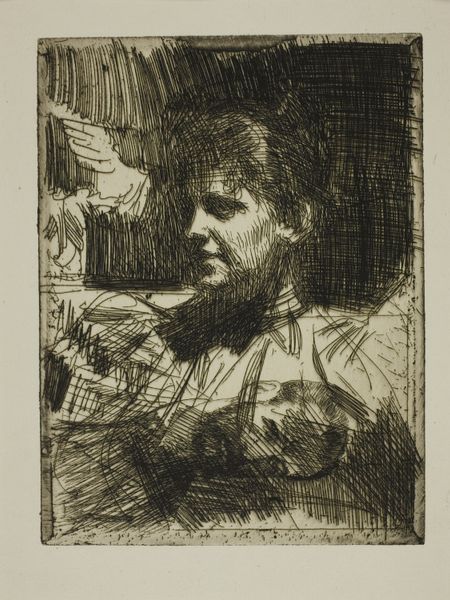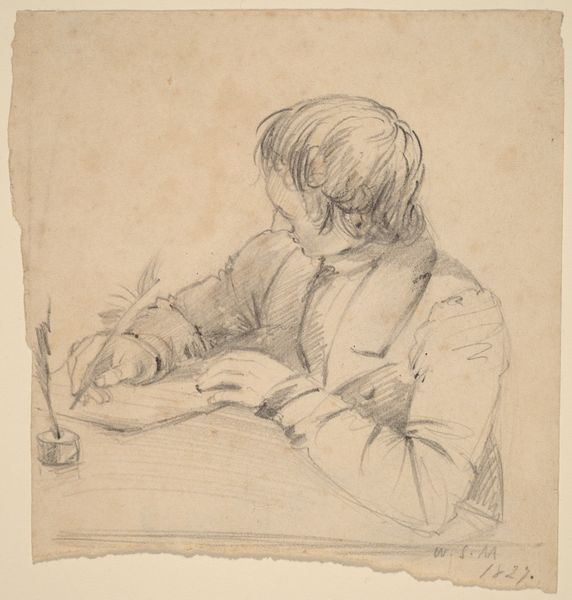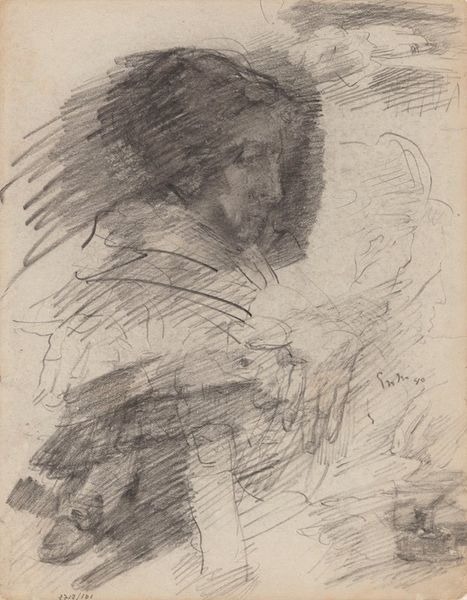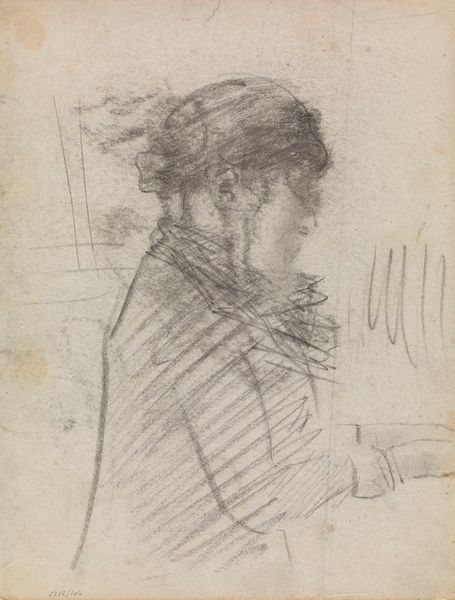
drawing, print, etching
#
portrait
#
drawing
# print
#
etching
#
realism
Dimensions: Sheet: 11 1/8 × 7 7/16 in. (28.2 × 18.9 cm) Plate: 5 5/16 × 4 13/16 in. (13.5 × 12.3 cm)
Copyright: Public Domain
Emile Boilvin created this etching, Portrait of Paul Rajon, sometime in the late 19th century. The image is made using a metal plate, likely copper, and acid. The artist scratches through a protective coating, exposing the metal. Then, the plate is submerged in acid, which bites into the exposed lines, creating grooves. Ink is then applied to the plate, filling these grooves, and the surface is wiped clean. Finally, paper is pressed against the plate, transferring the ink and creating the image. The resulting image is characterized by fine, precise lines and a slightly rough texture, a direct result of the etching process. The material qualities of the metal plate and acid, combined with the skilled hand of the artist, lend the portrait a sense of depth and intimacy. The labor-intensive process reflects a pre-industrial mode of production, where skilled craftsmanship was highly valued. Boilvin's choice of etching, a traditional printmaking technique, connects him to a longer history of artistic practice, reminding us that even in the age of mechanical reproduction, the human hand remains a vital tool.
Comments
No comments
Be the first to comment and join the conversation on the ultimate creative platform.
